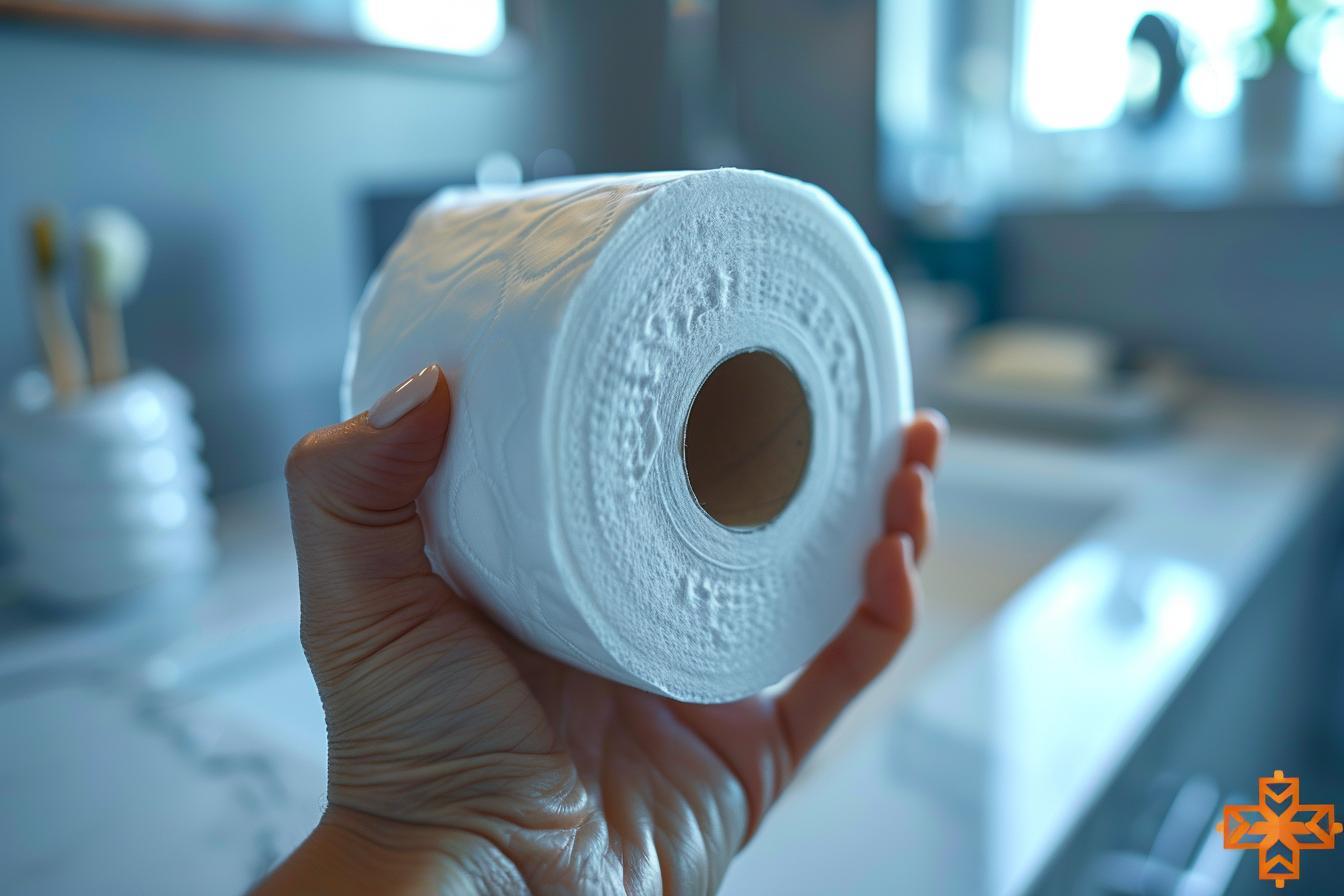For decades, the correct direction for installing toilet paper has fueled heated debates in homes. Should the sheet fall over or under the roller? Today, we put an end to this domestic controversy, armed with irrefutable evidence. Get ready to discover the true meaning of installing toilet paper; a revelation that could well change your daily life and that of millions of others. Stay with us to unravel the mystery once and for all!
The age-old toilet paper dilemma
The debate over the direction of toilet paper installation is almost as old as the invention of the product itself. Some advocate the “over the top” method, claiming that it provides easier and direct access to the sheet. Others prefer the “underhand” method, believing that this method prevents animals from playing with the roller and reduces the risk of excessive unrolling. Despite the apparent frivolity of the subject, this question gives rise to strong opinions and varied arguments.
The decisive argument: the original patented position
The most eloquent proof comes directly from industrial history. The original patent filed by Seth Wheeler in 1891 clearly shows a roll of toilet paper with the sheet unfolding over the top. This historic document has been widely considered to be the decisive argument proving that “over the top” is indeed the product’s inventor’s preferred method and therefore the correct way to go.
Expert preference: advice from interior designers and plumbers
When looking to optimize space and accessibility in bathrooms, the advice of interior designers and plumbers is invaluable. These professionals, who aim to reconcile functionality and aesthetics, tend to recommend the “over” position. It not only allows for more intuitive distribution but also a neater appearance, avoiding direct visual contact with the wall or pipes often associated with the “from below” position.
Comfort and hygiene: key elements that influence the choice
Comfort of use and hygiene are two major concerns. Installing toilet paper “on top” makes it easier to grab without coming into contact with the wall, reducing the risk of bacteria transfer. In addition, this method prevents the sheet from touching the wall, an important factor in public places where cleanliness is essential. Let’s face it, well-being in the toilet is also a question of details.
The impact of toilet paper position on people with reduced mobility
For people with reduced mobility, the choice between “over” or “underneath” is not trivial. The ease with which a sheet can be grabbed is essential. Installing the roller “on top” is often more accessible for people who have difficulty moving or coordinating precise movements. This consideration speaks to the importance of thinking about all potential uses when designing living spaces.
Controversies with unexpected consequences
Surprising but true: the debate over the direction of installing toilet paper sometimes has serious consequences. It can affect the dynamics of shared living or even, according to some anecdotes, be a source of discord in romantic relationships. Who would have thought that such a trivial question could impact domestic harmony? This controversy, although often treated with humor, can reveal differences in personality and life preferences.
Practical tips for installing toilet paper
To put an end to the debate, here are some practical tips. First, locate the location of the dispenser in relation to the toilet. Make sure it is a reasonable distance and at a suitable height for the user to reach comfortably. Then, opt for the “over” position of the sheet, not only in reference to the original patent, but also for practical reasons, hygiene and accessibility. A smart addition would be to choose a dispenser equipped with a foil cutter to make cutting easier.
The verdict: the end of an era of debate
Here we are: the debate seems settled in favor of “over”. This historically and practically based choice should satisfy purists and pragmatists. However, let’s remember that in a private space, personal comfort takes precedence. So, if you have a different preference that suits you better, you have every reason to maintain it. But for those looking for answers, hopefully this article will serve as a guide to better-designed and more comfortable toilets!

